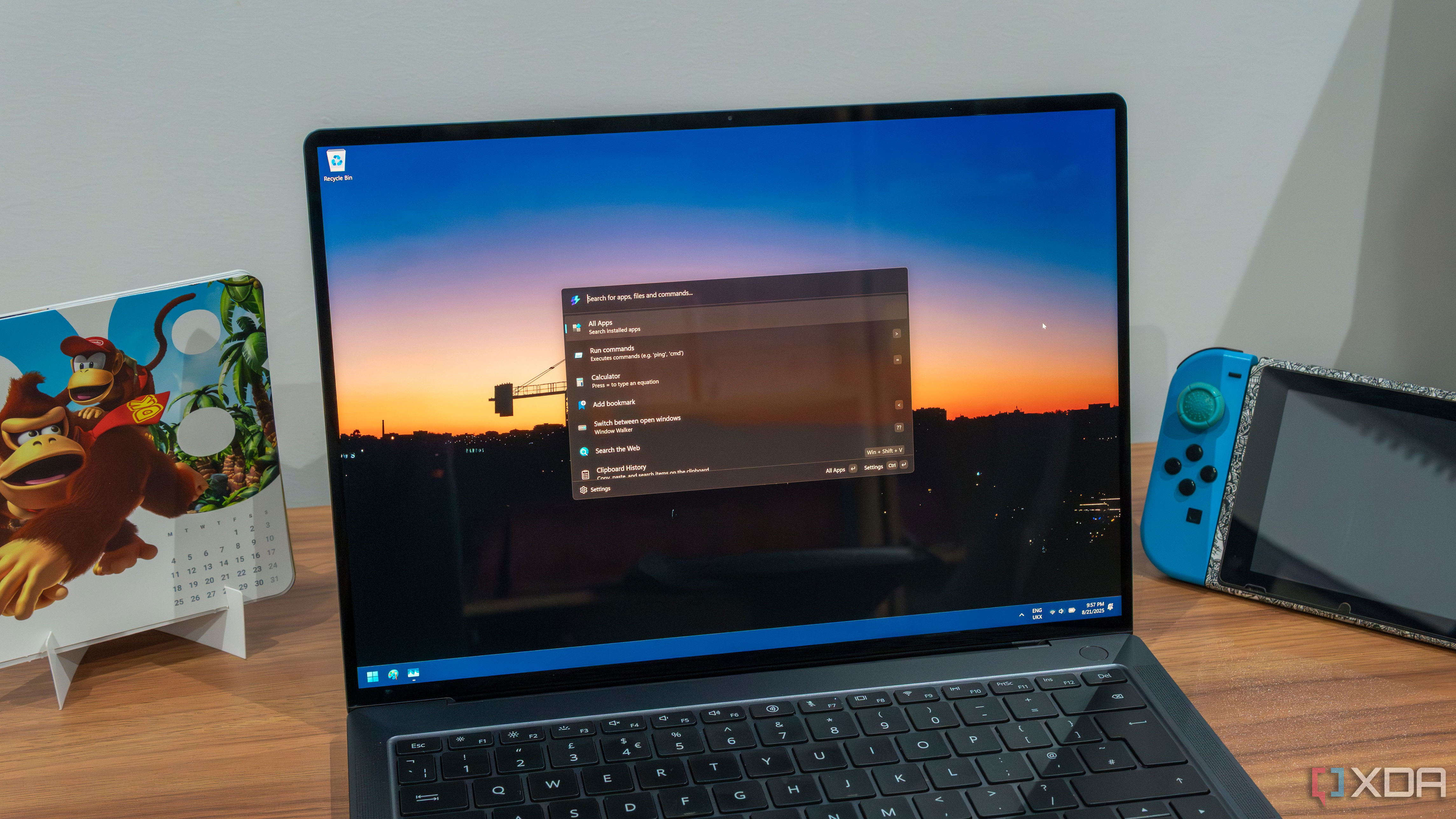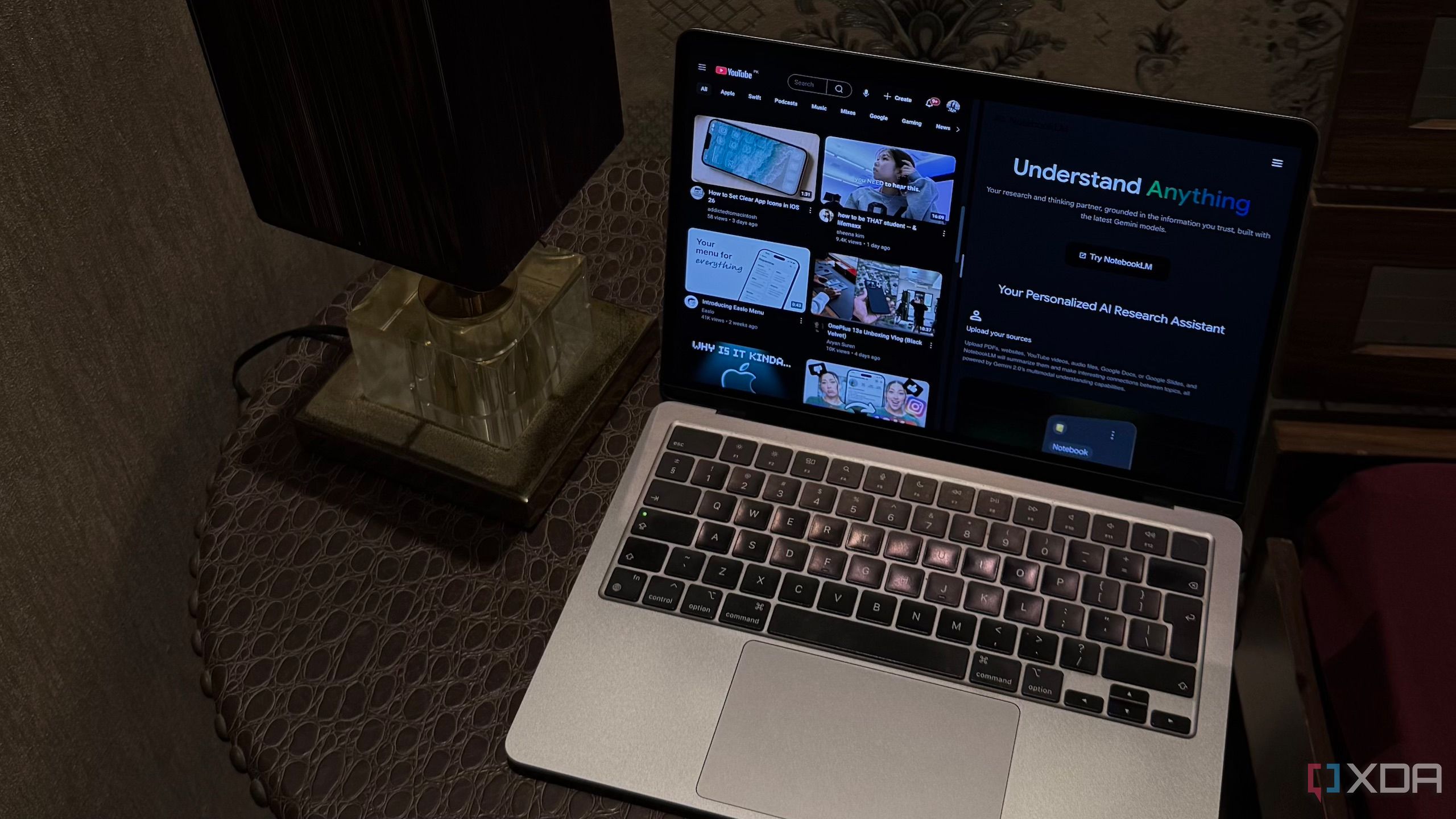
Key Market Indicators and Historical Parallels
Several market indicators today are showing signs that resemble the dot-com bubble of late 1999. During that period, the Nasdaq experienced a steep decline, dropping by 78% over three years. This raises questions about whether the current AI-driven market is heading down a similar path. While there are similarities between today's market and the dot-com era, there are also key differences that investors should consider.
The Tech Bull Market and Its Impact
Since the April 8 low, the Nasdaq Composite has surged by an impressive 40%, reflecting a long-term bull market in technology growth stocks. This surge has been fueled by a variety of factors, including the rise of cloud computing, streaming video, digital advertising, and the pandemic-era shift toward remote work. The introduction of generative artificial intelligence, particularly with the launch of ChatGPT in late 2022, has further accelerated this trend.
Comparing Today’s Tech Stocks to the Dot-Com Era
The current valuation levels of technology growth stocks are cause for concern, as they now appear overvalued relative to other sectors. According to data from Charlie Bilello's State of the Markets blog, the technology sector's outperformance has surpassed that seen during the height of the dot-com bubble. This is not just about stock performance; it also reflects a broader trend where large-cap tech stocks have outperformed small-cap ones, much like in the late 1990s.
Moreover, the Schiller price-to-earnings (P/E) ratio, which accounts for cyclicality in earnings over 10 years, has reached its highest level since 1999. Although it hasn't hit the peak of 1999, it has approached the levels seen in 2021. This suggests that while the market isn't at the same extreme as the dot-com bubble, it is showing signs of frothiness.
Are We Seeing a Bubble?
While some may be alarmed by these parallels, it's important to consider counterpoints. Unlike the late 1990s, today's technology giants are more diversified and cash-rich. Companies like Microsoft, which were leaders back then, are now part of a broader ecosystem that includes robust cloud businesses, global scale, and diverse revenue streams. These companies have shown resilience and strength, even amid market volatility.
Additionally, the concentration of market weight in the "Magnificent Seven" stocks—comprising major tech firms—has become a long-term trend rather than a temporary anomaly. This concentration could be a feature of today's economy, rather than a sign of impending trouble.
What Investors Should Do Now
Despite the concerns, timing market downturns is notoriously difficult. Famed investor Peter Lynch once noted that many investors lose money by trying to anticipate corrections rather than simply reacting to them. Therefore, it's generally advisable to stick to a long-term investment plan unless you need specific cash within the next one to two years. In that case, keeping funds in cash or Treasury bills might be a safer option.
For those who follow a regular investing strategy, it might be beneficial to diversify by considering small-cap stocks, non-tech sectors, and value stocks instead of consistently adding to large technology companies. Diversification can help mitigate risk and provide more balanced returns.
Investing in the Future
Before making any decisions about investing in the Nasdaq Composite Index, it's wise to evaluate the broader market landscape. While the index has performed well, there are alternative opportunities that could offer better returns. For instance, analysts have identified specific stocks that have historically delivered strong growth, such as Netflix and Nvidia. These examples highlight the potential for significant gains when selecting the right investments.
Ultimately, understanding market dynamics and making informed decisions based on individual financial goals and risk tolerance is crucial. Whether the current market mirrors the dot-com bubble or not, staying informed and adaptable is key to navigating the ever-changing investment landscape.









